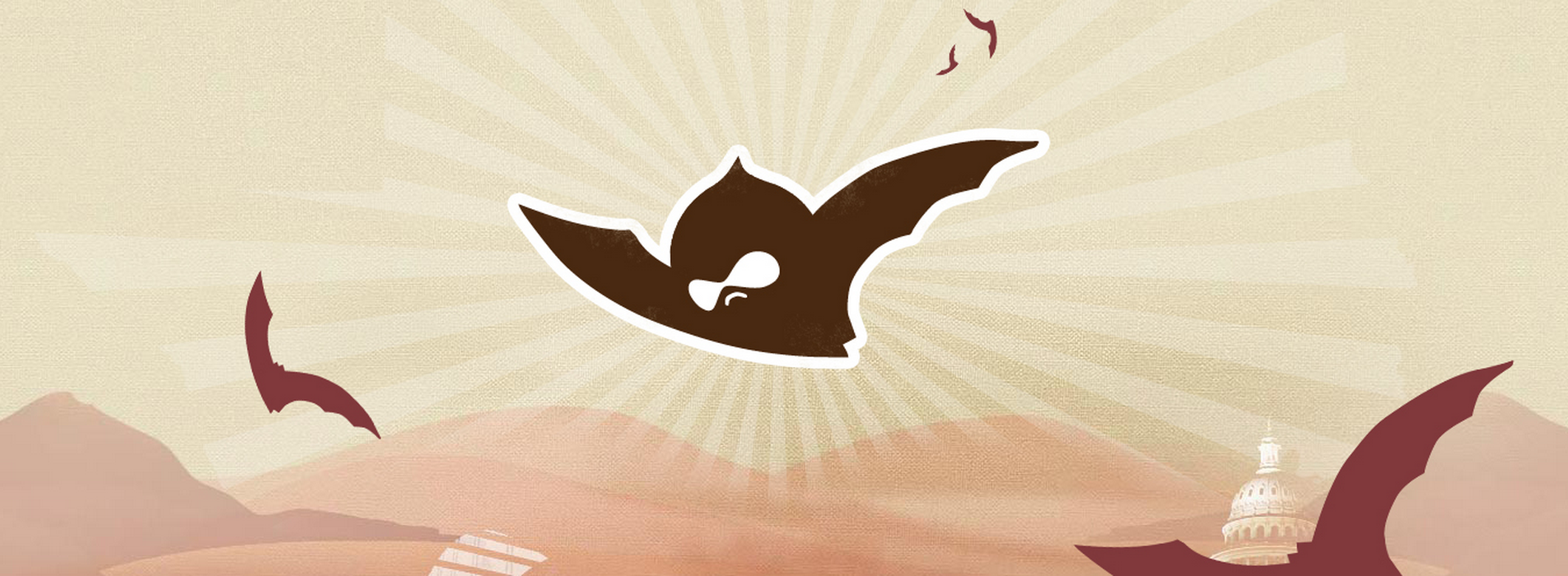
I’ve always loved Open Source. As a college student, studying philosophy and reading Emma Goldman and Mikhail Bakunin, discovering the Debian/Linux community was an affirmation of the ideal collaboration possible between humans. I made Debian my chosen distribution of Linux and ran off of the Sid repository because I had newer hardware which needed experimental drivers at the time. Sid is the codename for the unstable distribution of Debian where the initial heavy development happens, where packages are released first. I watched with every apt-get dist-upgrade as a tireless open source community labored to make it all work. New features every day, new fixes and sometimes new bugs, only to be followed again by new fixes.
Nobody had to be doing it. They just did. They just wanted to. They were making it work for them and it was working for me. It was beautiful.
There is something about solving problems that is really enjoyable. Solving them in collaboration with other people is even better. It is a mode of being that is truly rewarding and intrinsically valuable. In software development, there is a solvable problem at every turn and instant gratification when the 1s and 0s align. Doing this in collaboration with others is more than just gratifying. As if the strategy of collaborating to survive and thrive is innate to us; it triggers a sense of belonging to something greater than ourselves.
As I later fell into a career as an IT consultant, I stayed very close to open source. There was no doubt in my mind that whatever the answer was going to be, it was going to have open source in it. This was when Drupal started taking off like a wild fire. As if designed for collaboration, it seemed the entire open source community was looking to Drupal as its solution to the world’s content management problems. Drupal code was easy to share, fix and contribute back. As the community grew, so did the collaboration. My company started doing projects in Drupal and contributing our work back to the community. Not only was this rewarding to everyone involved, it also rewarded my company with new incoming billable projects. It was basically a “Pipeline for the Soul.”
***
Running a business can be hard. There is no promise that anyone will need your help ever and you only stay in business as long as you are needed. The upcoming batch of work is your “pipeline.” While waiting for people to call for help leaves too much to chance, keeping that pipeline full while doing your current work can often seem an impossible task. In the web development business, one option is to respond to as many formal Requests for Proposals as possible. You win a few here and there and hopefully stay in business. It is a well known fact that responding to Requests for Proposals is time consuming, demoralizing, and it basically completely sucks to do. With Open Source, there is another beautiful dynamic that makes for a truly healthy pipeline of upcoming work.
A healthy pipeline is not only one that is full. A healthy pipeline is one that fills in naturally.
Consider the current state of Drupal as an open source community. There are community organized elements within it that create the kind of pipeline I am describing. These are Camps, Conferences and Community Involvement.
Rob and I are starting to prepare for our trip down to Austin, Texas for the 2014 North American DrupalCon. It is here we will be looking forward to getting some face time with people we’ve been collaborating with, solving Drupal problems with, over the internet on a regular basis. For us, the primary goal of conferences is not lead generation. That’s not how this works for us. We go to the conferences for the community and for the in-person collaboration and community presentations (sometimes given by us). We know from experience that our involvement here will help take care of our lead generation on its own.
Here is the path we’ve watched our clients follow on their way to engaging their first project with us:
- Seeing us at Camps and Conferences
- Seeing our Community involvement
- Finding our Drupal Marketplace page
- Visiting our Website
- Checking out What we do
- Contacting us by phone, form, or email
We’ve realized that the first two stops on that list are who we really are. We love the collaboration and the learning and sharing of knowledge at the Camps and Conferences. We love the involvement of contributing back work to the same community pool of code we benefit from. It simply just feels good. While the next three are a presentation of who we are (with the last one being engagement), the beautiful part to us here is the experience that we stay in business to the degree in which we stay authentic to who we are. Doing the things we love and being ourselves fills our pipeline.
We’ve also realized that these first two steps to engagement are not only self-sustaining but have a strong positive impact on the health of our team. This is due to the personal motives in play in the type of participation involved. Open Source software is inherently inclusive and collaborative. The vast majority of participation is driven by intrinsic motives for personal growth, relationships, and helping others. It is an endeavor that creates actual happiness, dedication, and community. To do this as a team is invaluable. Doing this as a society is our best work.
So… See ya in Austin! You will find us in a great session, at an after conference event, or participating/mentoring in a code sprint.




